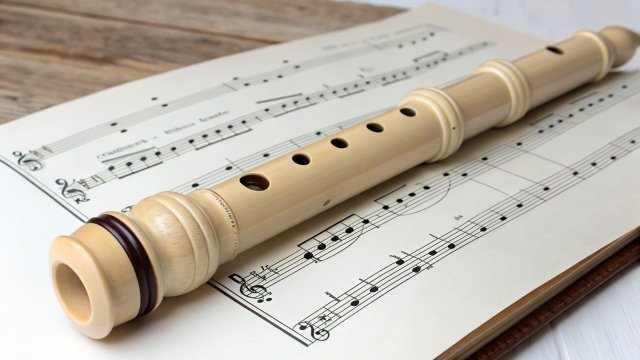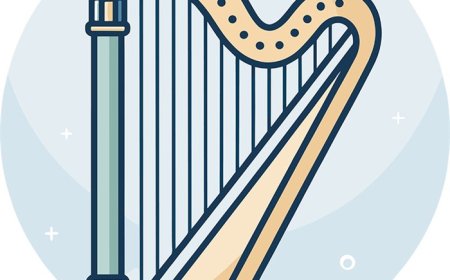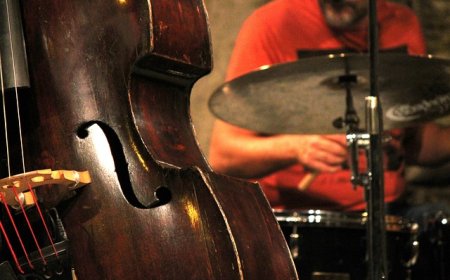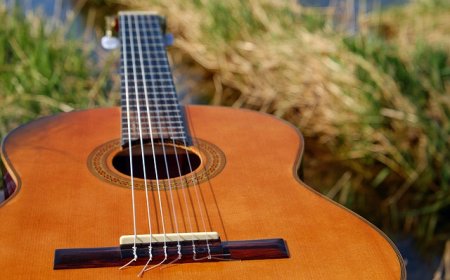Recorder Facts for Students | Learn How the Recorder Works & Its History
Discover how the recorder works, its parts, history, and how to start learning. A fun and easy guide for students exploring woodwind instruments.

🎼 All About the Recorder
🏇 Introduction
The recorder is a simple, sweet-sounding instrument in the woodwind family. It’s a favorite in music classrooms all over the world because it’s easy to learn, affordable, and helps teach the basics of playing wind instruments. With its clear, birdlike tone and light, plastic or wooden body, the recorder is a great introduction to music for young students. But did you know that the recorder also has a rich history and was once played by kings and composers?
🎶 What Is a Recorder?
A recorder is a woodwind instrument played by blowing air into a mouthpiece and covering holes with the fingers to change notes. Unlike other woodwinds, it doesn’t use a reed. Instead, it uses a special whistle mouthpiece that makes it easy to produce sound right away.
Recorders come in different sizes and pitches, but the most common one for beginners is the soprano recorder, which plays in the key of C. Other types include:
- Alto recorder – Larger, deeper sound, common in older beginner books
- Tenor recorder – Even lower, requiring more breath support
- Bass recorder – Very deep and often used in recorder ensembles
Recorders are usually made of plastic (for student models) or wood (for professional and historical models).
🧹 Parts of the Recorder
The recorder may look simple, but it has a few important parts:
- Mouthpiece (or Headjoint) – Where the player blows air. It contains a special part called the windway that helps shape the air into sound.
- Body (Middle Joint) – The long middle section with finger holes on the front and one thumb hole on the back. Pressing the holes changes the pitch.
- Foot Joint – The lower part that may have a small extra hole or two for the lowest notes.
Recorders usually have seven finger holes in the front and one thumb hole in the back, used to help reach higher notes by partially covering it (called “half-holing”).
⚙️ How Does the Recorder Work?
The recorder makes sound when air is blown into the mouthpiece and passes through the windway. The air hits a sharp edge called the labium, which splits the air and causes the air inside the instrument to vibrate. This creates the sound.
By covering and uncovering holes, the player changes how long the vibrating air column is, which changes the pitch. Covering more holes makes the pitch lower, while opening more makes it higher.
To play different notes well, recorder players learn to use breath control, finger technique, and proper tonguing, which is using the tongue to start and separate notes cleanly (often with a soft “too” or “doo” sound).
📜 History of the Recorder
The recorder has a long and fascinating history. It was first used in Europe as early as the 1300s, and it became very popular during the Renaissance and Baroque periods. Back then, recorders were made of wood and came in many different sizes so they could be played together in groups—just like a recorder choir!
Famous composers like Johann Sebastian Bach, Henry Purcell, and Antonio Vivaldi wrote music for the recorder. In the 1700s, however, the transverse flute and other instruments became more popular, and the recorder almost disappeared from concert music.
It wasn’t until the 1900s that the recorder made a comeback—this time in classrooms! Teachers discovered it was perfect for introducing children to music. Since then, it’s been used all over the world as a beginner instrument and also by professionals who perform early music.
🎺 Famous Recorder Players
Though it’s not as famous as the saxophone or trumpet, there are amazing recorder performers today:
- Michala Petri – A world-famous Danish recorder soloist known for both classical and modern music
- Frans Brüggen – A Dutch recorder player and conductor, expert in Baroque music
- Dan Laurin – A Swedish recorder virtuoso known for his expressive performances
- Piers Adams – A British player who brings energy and creativity to recorder music
- Genevieve Lacey – An Australian recorder player known for blending classical and contemporary styles
These musicians have helped show that the recorder is more than just a beginner instrument.
🎶 Learning to Play the Recorder
The recorder is one of the easiest instruments to start with, which is why it’s so popular in elementary schools. It helps students learn how to read music, use their breath, and play melodies.
Beginners start by learning how to hold the recorder, blow gently (not too hard!), and cover the holes properly. Simple songs like “Hot Cross Buns”, “Mary Had a Little Lamb”, and “Ode to Joy” are great first steps.
As they advance, students can learn scales, duets, and even music from the Renaissance and Baroque periods. Recorder students can also join small ensembles, play harmonies, and perform in school concerts.
Advanced students may explore the alto or tenor recorder, or join recorder groups and early music ensembles.
😄 Fun Facts About Recorders
Here are some cool things you might not know about the recorder:
- The recorder doesn’t need a reed—it uses a whistle mouthpiece instead!
- Some recorders are made of clear plastic, so you can see how it works inside.
- The recorder was once considered royal and elegant—kings and nobles played it!
- There are eight common sizes of recorders, from tiny garkleins to huge sub-great basses.
- The word “recorder” comes from the old English word "recorden", meaning “to play back” or “remember.”
- Some professional players perform entire concertos and solo pieces on the recorder.
👧 Kid-Friendly Summary
The recorder is a small, easy-to-play instrument that sounds sweet and clear. You blow into the top and cover holes with your fingers to make different notes. It’s great for beginners and is used in music class to learn songs and rhythms. Even though it’s simple, people have played it for hundreds of years—even famous composers wrote music for it!
📚 Vocabulary Words
Recorder – A woodwind instrument with a whistle mouthpiece and finger holes
Windway – The narrow tube inside the mouthpiece that shapes the air
Labium – The sharp edge inside the recorder that splits the air and creates sound
Half-holing – Covering a hole halfway to help play higher notes
Tonguing – Using the tongue to start or separate notes while blowing
Soprano Recorder – The most common recorder for beginners
Baroque Music – A style of music from the 1600s–1700s that includes many recorder pieces
Ensemble – A group of musicians playing together
❓ Interactive Quiz
1. What type of instrument is the recorder?
A. String
B. Brass
C. Woodwind ✅
D. Percussion
2. What do you blow into to play the recorder?
A. A reed
B. A bell
C. A mouthpiece with a windway ✅
D. A straw
3. Which recorder is most common for beginners?
A. Bass
B. Alto
C. Soprano ✅
D. Tenor
4. What kind of music did Bach and Vivaldi write for the recorder?
A. Hip-hop
B. Baroque ✅
C. Rock
D. Jazz
5. What does “half-holing” mean?
A. Breaking your recorder
B. Pressing a key all the way
C. Playing a note with half of the hole covered ✅
D. Blowing halfway through a song




















































